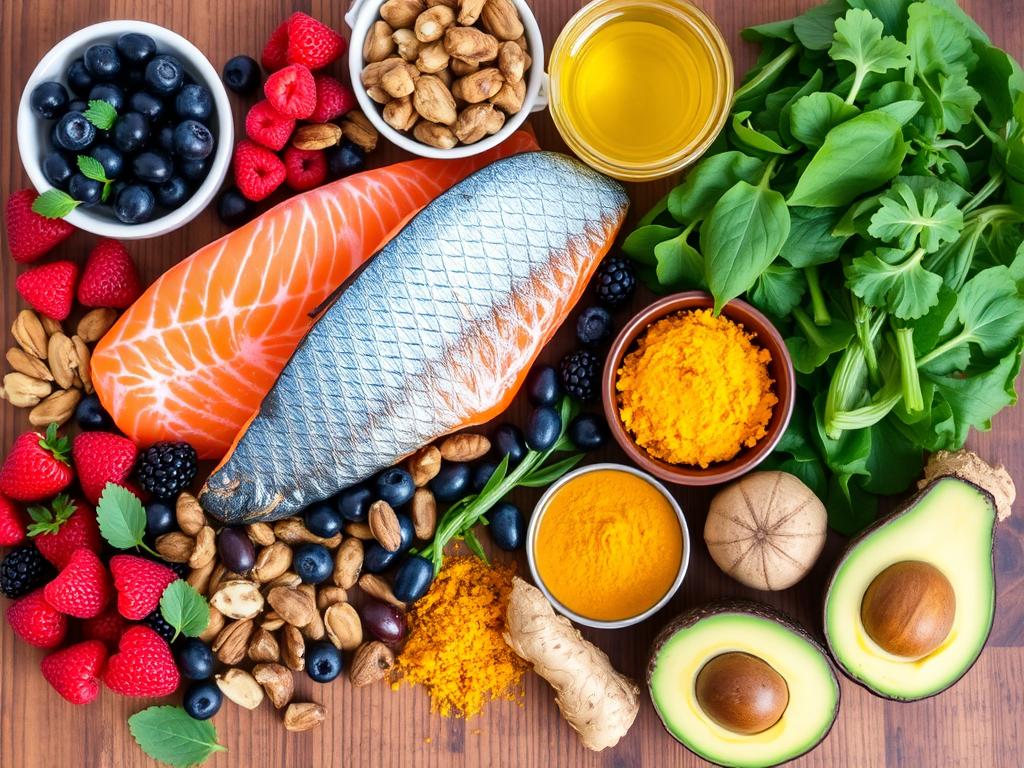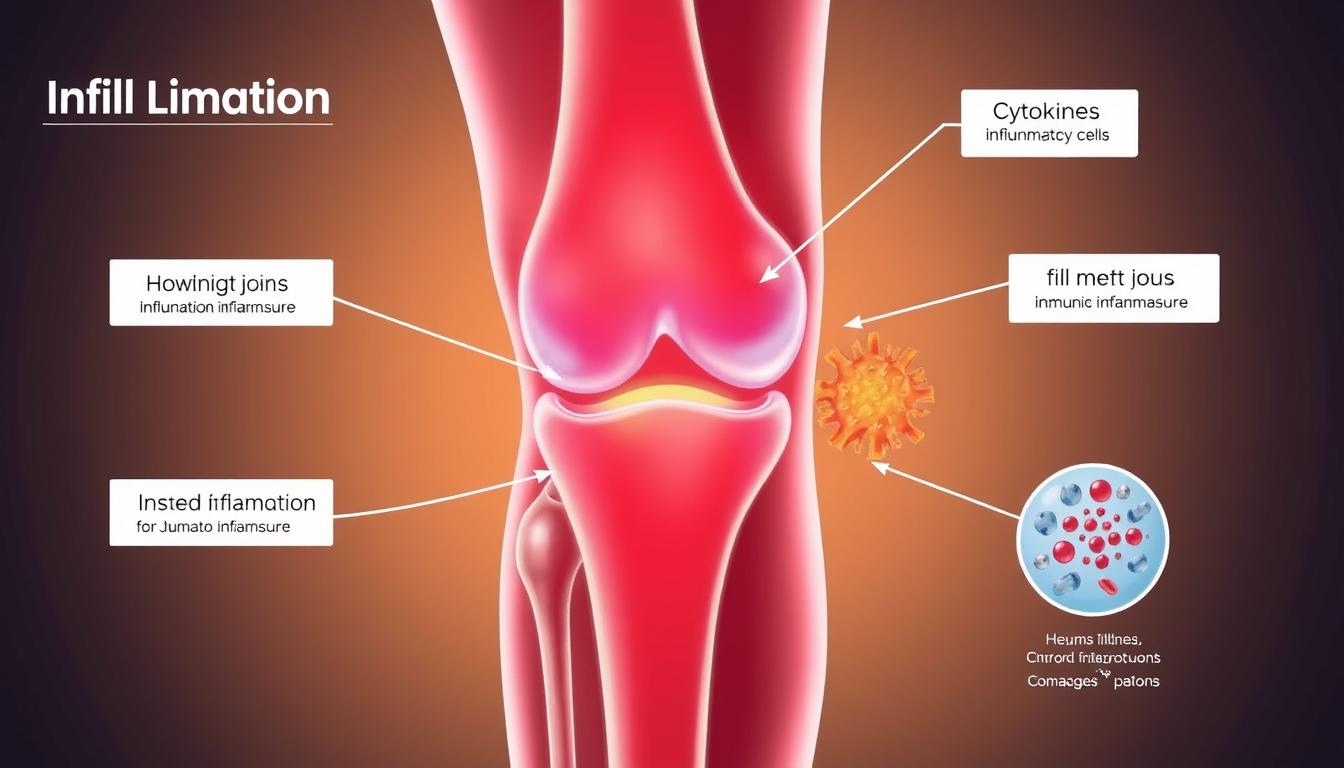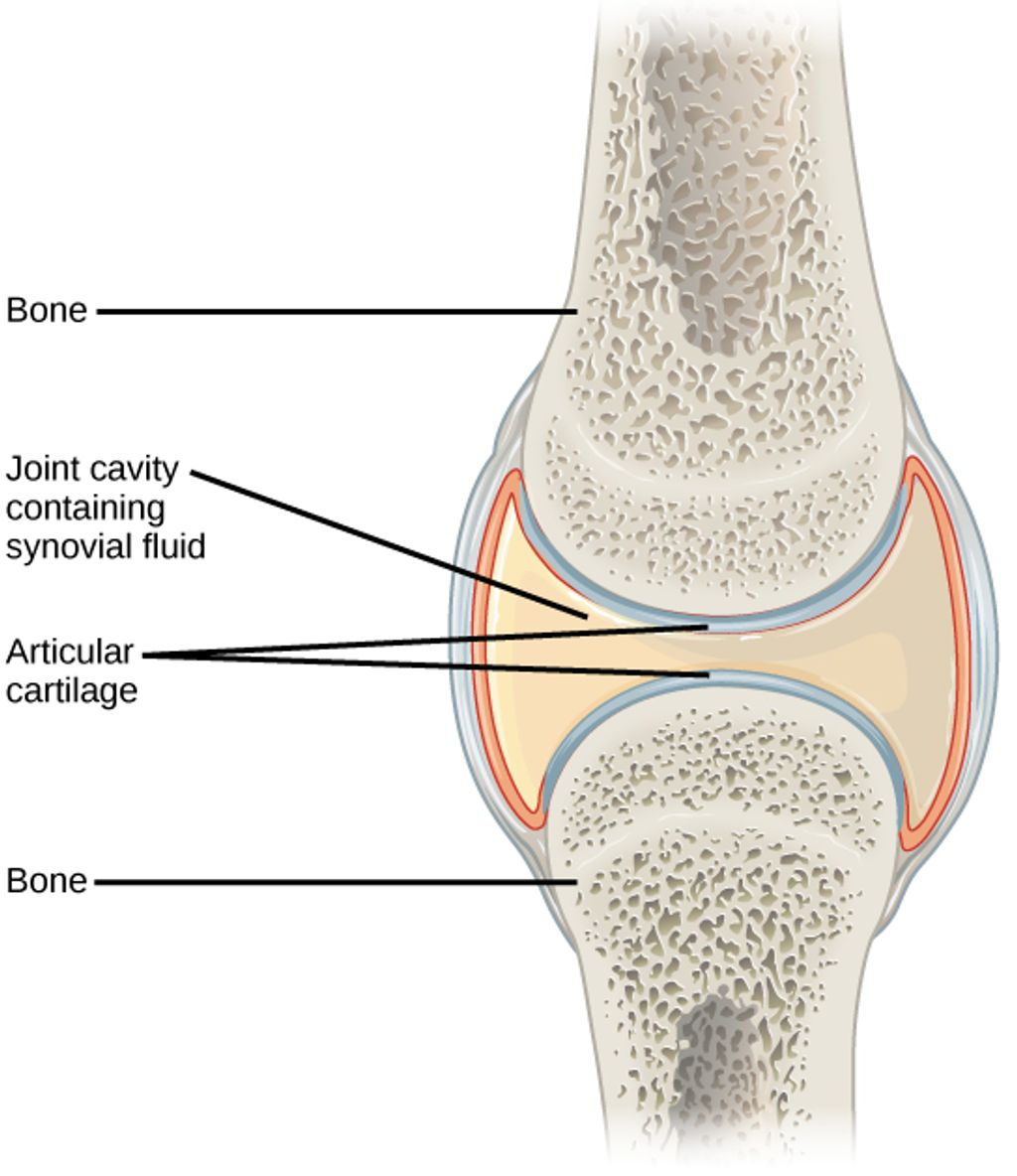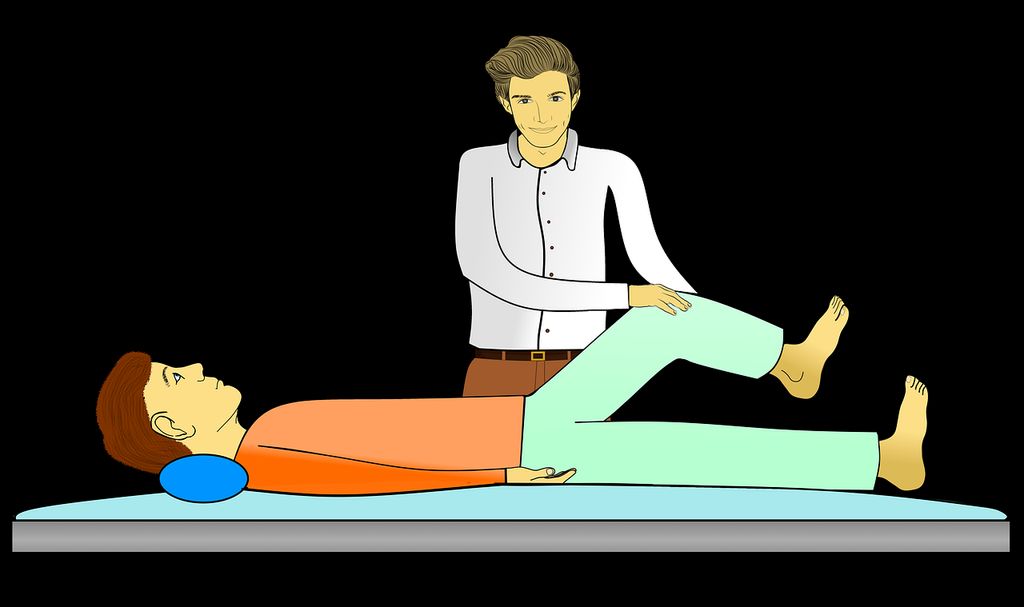Understanding Chronic Knee Pain: Common Triggers
Before exploring solutions, it’s important to understand what causes persistent knee discomfort. Chronic knee pain differs from temporary pain as it persists for weeks or months and often results from several underlying factors rather than a single incident.
Inflammation pathways in chronic knee pain
Inflammation Cycles
Persistent inflammation is a primary driver of chronic knee pain. When the body’s inflammatory response continues unchecked, it creates a cycle of pain, tissue damage, and more inflammation. This cycle can be triggered by injury, overuse, or underlying conditions like arthritis.
Biomechanical Imbalances
Poor posture, muscle weakness, and improper movement patterns place uneven stress on knee joints. Over time, these imbalances wear down cartilage and strain supporting structures, leading to chronic discomfort and reduced mobility.
Scar Tissue Buildup
After knee injuries, scar tissue can form as part of the healing process. This fibrous tissue is less flexible than normal tissue and can restrict movement, causing pain during everyday activities like climbing stairs or walking.

Common causes of chronic knee pain
Effective Home Remedies for Knee Pain Relief
Finding knee pain relief at home is possible with these natural approaches that target inflammation and discomfort without medication.
Turmeric & Ginger: Nature’s Anti-inflammatories
These powerful roots contain compounds that naturally fight inflammation. Curcumin in turmeric and gingerol in ginger work similarly to NSAIDs but without the potential side effects of long-term medication use.

Anti-inflammatory turmeric-ginger tea
Anti-Inflammatory Golden Milk Recipe
Try our soothing golden milk recipe that combines turmeric, ginger, and other anti-inflammatory ingredients to help reduce knee pain naturally.
Heat vs. Cold Therapy: When to Use Each
Both heat and cold can provide knee pain relief at home, but knowing when to use each makes all the difference:
Cold Therapy
Best for acute pain and inflammation. Apply ice wrapped in a towel for 15-20 minutes every 2-3 hours during flare-ups. This constricts blood vessels, reducing swelling and numbing pain signals.
Heat Therapy
Ideal for stiffness and chronic pain. Use a warm towel or heating pad for 15-20 minutes to increase blood flow, relax muscles, and improve flexibility. Best before activities or when waking with morning stiffness.
Topical Analgesics: Natural Pain Relief
Topical treatments can provide targeted relief without affecting your entire system:

Natural topical analgesics for knee pain relief
CBD Creams
- Non-psychoactive cannabis compound
- Reduces inflammation and pain signals
- Few side effects
- Doesn’t enter bloodstream significantly
Capsaicin Creams
- Derived from hot peppers
- Depletes pain-signaling chemicals
- May cause initial burning sensation
- Requires consistent application
Low-Impact Exercises for Knee Strength & Mobility
Regular, appropriate knee exercises are crucial for building supporting muscles and maintaining joint health without causing additional strain.
Proper form for gentle knee strengthening exercises
Water-Based Exercises
Swimming and water aerobics provide excellent low-impact workouts that strengthen knee-supporting muscles while the water’s buoyancy reduces pressure on painful joints.

Water aerobics provides low-impact exercise for painful knees
Tai Chi for Joint Health
This ancient practice combines slow, flowing movements with deep breathing and mental focus. Research shows tai chi can reduce chronic knee pain by improving balance, flexibility, and muscle strength while minimizing joint stress.
Stationary Cycling
Cycling on a stationary bike provides controlled, low-impact movement that improves knee flexibility and builds quadriceps strength—crucial muscles for knee stability and pain reduction.
10-Minute Gentle Knee Exercise Routine
Start strengthening your knees today with our specially designed exercise program for people with chronic knee pain.
Choosing the Right Knee Brace for Your Condition
Understanding the various knee brace benefits can help you select the appropriate support for your specific condition and activity level.

Different types of knee braces for various conditions
Types of Knee Braces
| Brace Type | Best For | Features | When to Wear |
| Hinged Braces | Ligament injuries, instability | Metal supports, adjustable hinges | During moderate activity, recovery from injuries |
| Compression Sleeves | Mild pain, swelling | Elastic material, easy to wear | Daily activities, light exercise |
| Unloader Braces | Osteoarthritis, uneven wear | Shifts weight away from damaged area | Walking, standing for long periods |
Proper Fitting Guidelines
The knee brace benefits are only realized when properly fitted. A brace should feel snug but not restrict circulation. Measure around the center of your knee while standing, and around 6 inches below and above the knee center for proper sizing.

Proper measurement and fitting of a knee brace
When to Wear Support
Timing matters when using knee supports. For maximum knee brace benefits, wear during activities that typically cause pain, but remove during rest to prevent muscle weakening. For chronic conditions, consult a healthcare provider about long-term wearing schedules.
Natural Approaches to Osteoarthritis Management
While osteoarthritis can’t be reversed, effective osteoarthritis management strategies can significantly reduce pain and slow progression.

Comparison of healthy knee joint versus osteoarthritic knee
Evidence-Based Supplements
Several supplements show promise for osteoarthritis management:
Glucosamine & Chondroitin
These compounds are natural components of cartilage. Some studies suggest they may help slow cartilage deterioration and reduce pain when taken consistently over several months.
MSM (Methylsulfonylmethane)
This organic sulfur compound may help form connective tissue and repair joints. Research indicates it can reduce inflammation and pain when combined with glucosamine.
Anti-Inflammatory Diet
What you eat directly impacts joint inflammation. An osteoarthritis management diet focuses on:

Anti-inflammatory foods beneficial for osteoarthritis
- Omega-3 fatty acids from fatty fish, walnuts, and flaxseeds reduce inflammatory markers
- Colorful fruits and vegetables provide antioxidants that fight oxidative stress
- Vitamin D from sunlight, fatty fish, and fortified foods supports bone health
- Limiting processed foods, refined sugars, and red meat reduces inflammatory triggers
Comprehensive Osteoarthritis Management Plan
Get our detailed guide on managing osteoarthritis naturally, including diet plans, supplement recommendations, and lifestyle modifications.
Long-Term Prevention Strategies
Preventing chronic knee pain recurrence requires consistent attention to joint health through daily habits and lifestyle choices.
Daily Mobility Routines
Incorporating simple movements throughout your day maintains joint flexibility and prevents stiffness that can lead to pain:
Simple knee mobility exercises can be incorporated into daily routines
- Gentle knee bends while brushing teeth
- Ankle circles while sitting at your desk
- Standing calf raises while waiting in line
- Short walking breaks every hour of sitting
Sleep Posture Adjustments
How you sleep significantly impacts knee pain. Consider these adjustments:

Recommended sleeping positions for knee pain relief
- Sleep on your back with a pillow under your knees to maintain proper alignment
- If side-sleeping, place a pillow between your knees to reduce pressure
- Avoid stomach sleeping, which can hyperextend your knees
- Use a medium-firm mattress that supports without creating pressure points
Stress-Reduction Techniques
Chronic stress increases inflammation throughout the body, including in the knees. Stress management techniques like deep breathing, meditation, and gentle yoga can help reduce overall inflammation and pain sensitivity.
When to Seek Professional Help
While natural approaches are effective for many people with chronic knee pain, certain situations warrant professional medical attention:
Contact a healthcare provider if you experience:
- Severe pain that doesn’t improve with rest
- Significant swelling or redness
- Inability to bear weight on the affected leg
- Visible deformity or instability in the knee
- Pain that wakes you from sleep
Taking Control of Your Knee Health
Living with chronic knee pain doesn’t mean resigning yourself to discomfort or relying solely on medications. By implementing the natural relief strategies and prevention techniques outlined in this guide, you can take meaningful steps toward improved mobility and reduced pain.
Remember that consistency is key—incorporate these approaches into your daily routine rather than using them only during flare-ups. With patience and persistence, many people experience significant improvements in their knee health and overall quality of life.
Start Your Knee Pain Relief Journey Today
Download our complete guide to natural knee pain management, including printable exercise sheets, meal plans, and tracking tools.






































